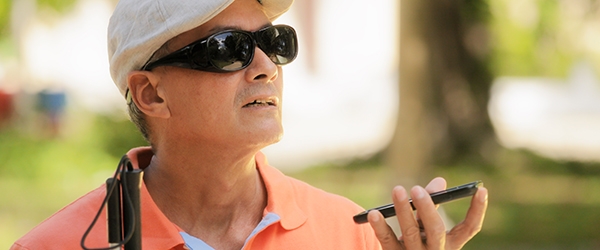We're proud to announce the publication of a new NITC dissertation: "Free Movement: Enhancing Open Data To Facilitate Independent Travel For Persons With Disabilities," by Shiloh Deitz of the University of Oregon.
"In this project, I found that across the United States there is a lack of both data for accessible pedestrian routing and tools for filling in those data. AI methods have contributed to filling in missing data for applications like autonomous vehicles but much less often to intervene in quality of life improvements. Critical geoAI, that is, bringing a critical geographic lens to artificial intelligence applications, has the potential to contribute to the amelioration of these data and analytic gaps," Deitz said.
Nearly 40 million Americans report a disability, and of this population, 70 percent travel less because of the challenges they face. When they do travel, those with limited mobility are more likely to be pedestrians or public transit users. Today, free commercial routing applications such as Google Maps offer a robust suite of tools for the able-bodied public to walk, ride bikes, take public transportation, or hail a taxi. Yet, such tools for persons with limited mobility to determine a safe and perhaps even pleasant urban route are experimental, limited, and only available in select cities (e.g....
Read more









